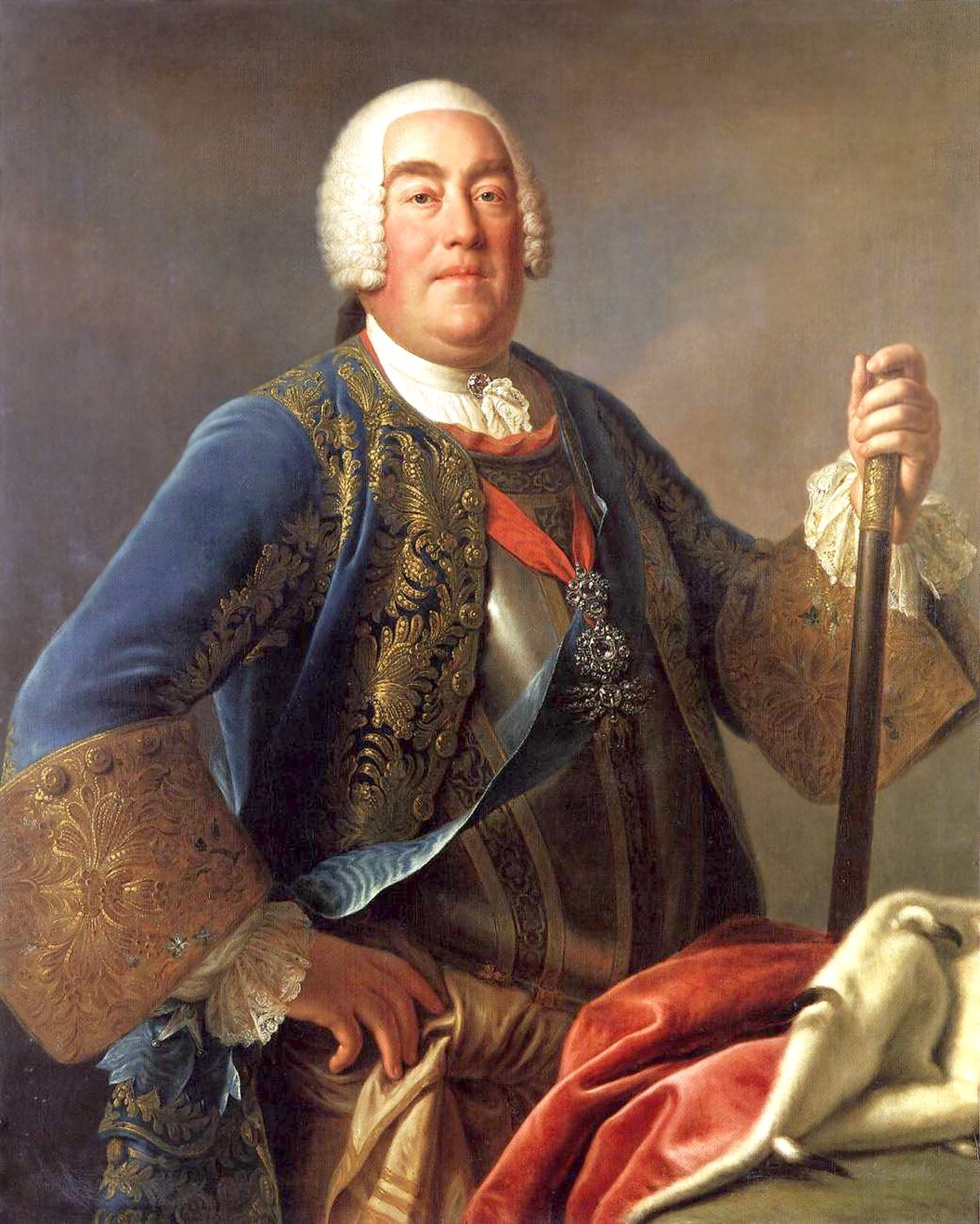
War of the Polish Succession
Lorraine, FranceThe War of the Polish Succession was a major European conflict sparked by a Polish civil war over the succession to Augustus II of Poland, which the other European powers widened in pursuit of their own national interests. France and Spain, the two Bourbon powers, attempted to test the power of the Austrian Habsburgs in Western Europe, as did the Kingdom of Prussia, whilst Saxony and Russia mobilized to support the eventual Polish victor. The fighting in Poland resulted in the accession of Augustus III, who in addition to Russia and Saxony, was politically supported by the Habsburgs.
The war's major military campaigns and battles occurred outside of Poland. The Bourbons, supported by Charles Emmanuel III of Sardinia, moved against isolated Habsburg territories. In the Rhineland, France successfully took the Duchy of Lorraine, and in Italy, Spain regained control over the kingdoms of Naples and Sicily lost in the War of the Spanish Succession, while territorial gains in northern Italy were limited despite bloody campaigning. Great Britain's unwillingness to support Habsburg Austria demonstrated the infirmity of the Anglo-Austrian Alliance.
Although a preliminary peace was reached in 1735, the war was formally ended with the Treaty of Vienna (1738), in which Augustus III was confirmed as king of Poland and his opponent Stanislaus I was awarded the Duchy of Lorraine and Duchy of Bar, then both fiefs of the Holy Roman Empire. Francis Stephen, the duke of Lorraine, was given the Grand Duchy of Tuscany in compensation for the loss of Lorraine. The Duchy of Parma went to Austria whereas Charles of Parma took the crowns of Naples and Sicily. Most of the territorial gains were in favor of the Bourbons, as the Duchies of Lorraine and Bar went from being fiefs of the Holy Roman Empire to that of France, while the Spanish Bourbons gained two new kingdoms in the form of Naples and Sicily. The Austrian Habsburgs, for their part, received two Italian duchies in return, though Parma would soon revert to Bourbon control. Tuscany would be held by the Habsburgs until the Napoleonic era.
The war proved disastrous for Polish independence, and re-affirmed that the affairs of the Polish-Lithuanian Commonwealth, including the election of the King himself, would be controlled by the other great powers of Europe. After August III, there would only be one more king of Poland, Stanislas II August, himself a puppet of the Russians, and ultimately Poland would be divided up by its neighbors and cease to exist as a sovereign state by the end of the 18th century. Poland also surrendered claims to Livonia and direct control over the Duchy of Courland and Semigallia, which, although remaining a Polish fief, was not integrated into Poland proper and came under strong Russian influence which only ended with the fall of the Russian Empire in 1917.
